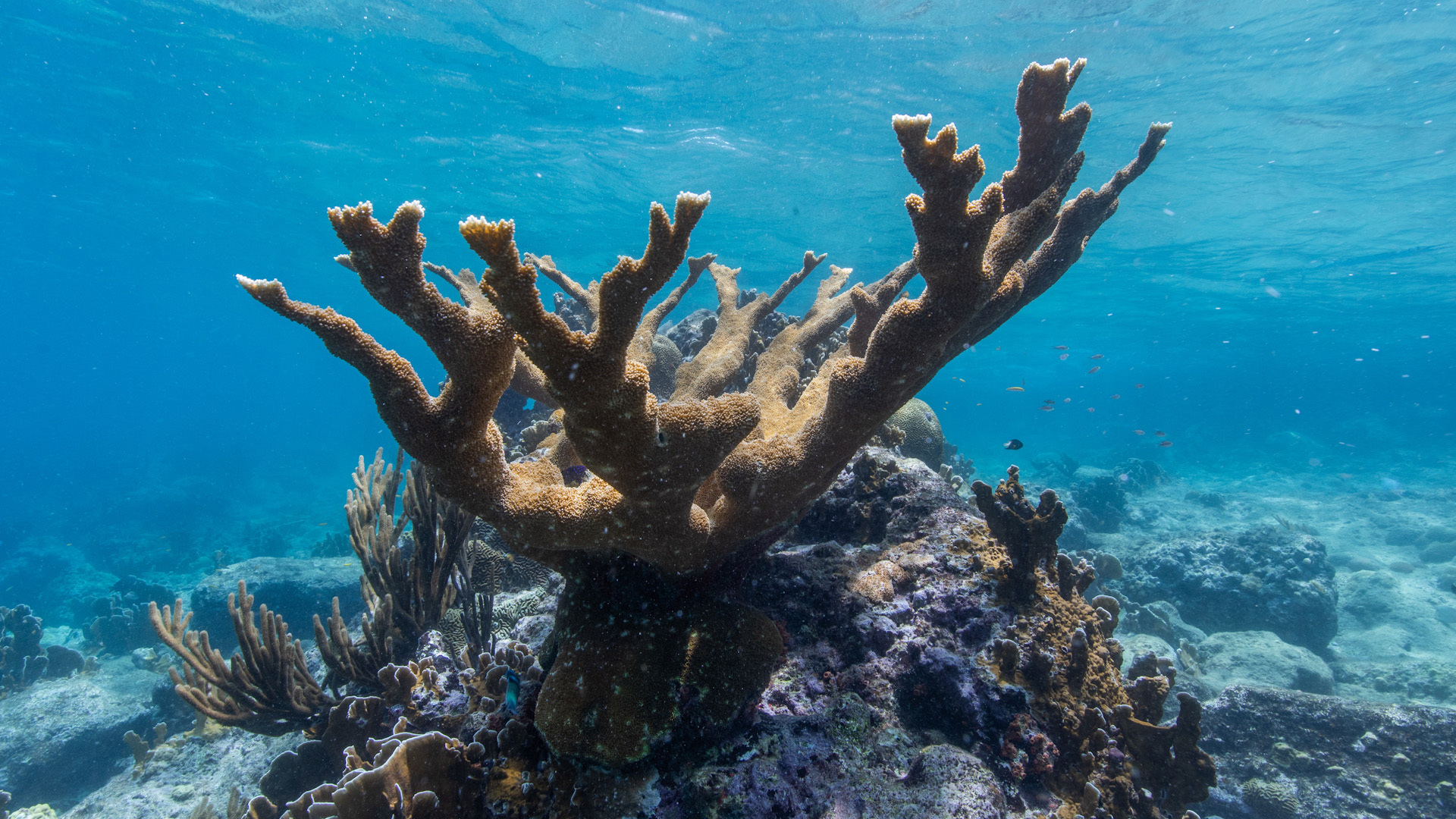
EMMA STOLTZFUS: The oceans are heating up and bleaching corals in what is now being called a global bleaching event. But some scientists are working to freeze corals to help save them from starving to death.
MARY HAGEDORN: We have to come up with another product, another thing that we can use, a tool for our conservation toolbox.
EMMA STOLTZFUS: That’s Mary Hagedorn, a leading scientist in the field of cryopreservation. For the last two decades she’s worked to save the delicate corals that live on the ocean floor. Last year, she and her team published a paper containing a breakthrough in coral cryopreservation. The current method of freezing and preserving coral is to harvest the larvae and sperm, but the problem is that the window for gathering that material is only a couple days a year. Hagedorn has another proposal that could change the field. We spoke with her about the discovery and potential impact it could have on the future of coral preservation.
MARY HAGEDORN: We came up with the idea of trying to do coral fragment cryopreservation. Now, what this means is we’re actually freezing the whole coral organism. They’re tiny. Corals can grow from a thumbnail-sized piece. And so we’re using these very thumbnail-sized pieces to test our cryopreservation method. We’ve partnered with engineers around the country to use a process called isotope vitrification.
We put them in highly concentrated cryoprotectants. And think of them as kind of like a syrup, you know, or if you’ve ever seen insects in amber. It’s not quite that viscous, but it’s the same sort of concept. We’re using these very viscous media that can go from a liquid state into a frozen state without any ice. So they turn into a glass.
We’re very close now to having something that not only is going to be very helpful for coral cryopreservation and coral conservation, but what we hope will be very field-friendly as well, so that we can get it out into the field and train many professionals to do this so that we can quickly move across the oceans and start to take this biodiversity and bank it.
Given that climate change is causing this issue and we don’t have as much time as we would really like, this actually is a very good solution
I think we stand a very good chance in the next five years of capturing as much of the diversity as we can before, you know, certain ecosystems collapse in the coral in the coral world.
EMMA STOLTZFUS: For more information about coral conservation and marine science, check out the Straight Arrow News app to follow our coverage of the current global bleaching event.









